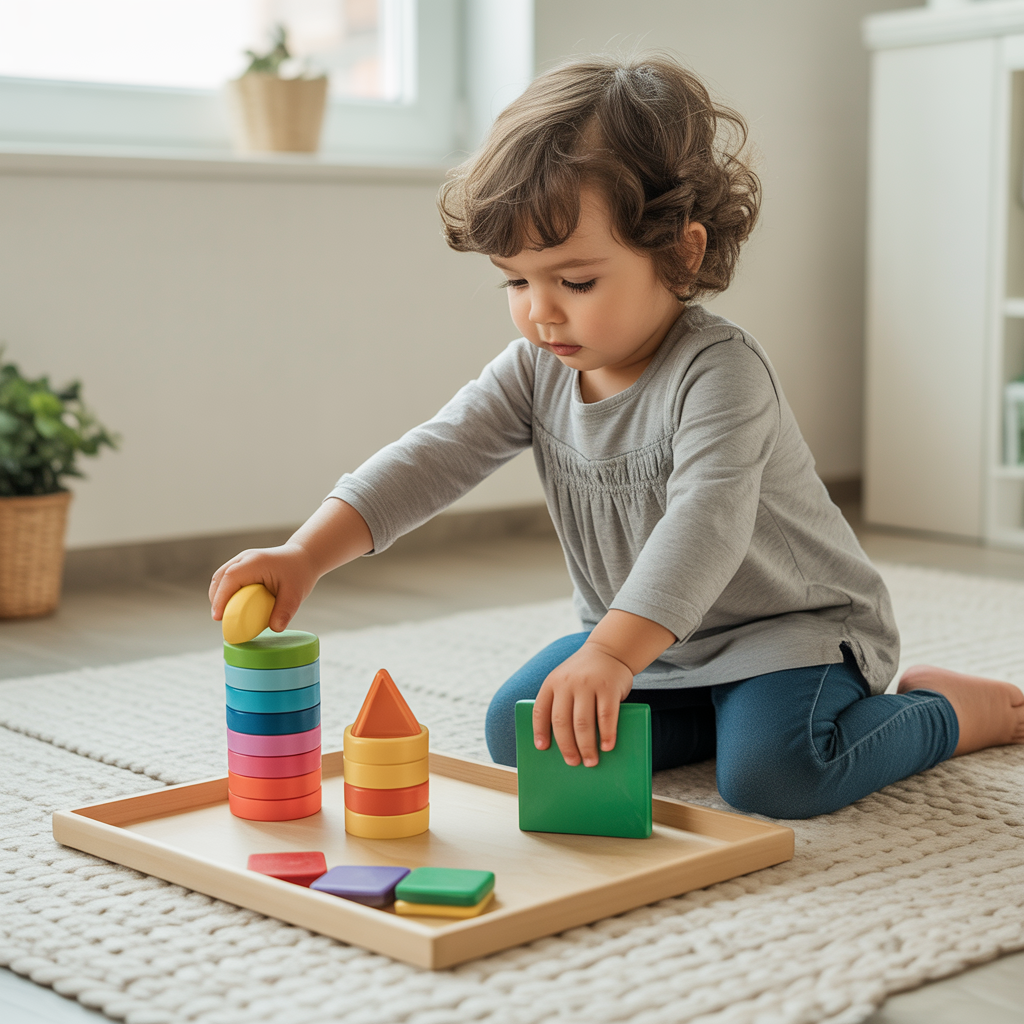Independent play is more than just a break for parents—it’s a key part of a child’s development. It nurtures creativity, builds focus, encourages decision-making, and helps children feel capable and confident.
But independent play isn’t something that always happens naturally—it’s something we can gently support and encourage. In this article, you’ll discover how to foster independent play at home, even if your child always wants you nearby.
Why Independent Play Matters
When children play on their own, they learn to:
- Use imagination without direction
- Solve problems independently
- Make their own decisions
- Enjoy time with themselves
- Focus for longer periods
It also helps reduce overstimulation and dependency on constant entertainment.
1. Start with Connection First
Children need to feel emotionally full before they’re ready to separate and play on their own.
Spend 10–15 minutes fully focused on your child first:
- Read a book together
- Cuddle and chat
- Play a short game
Once their connection cup is full, they’re more likely to explore on their own.
2. Set Up the Environment for Success
A child-friendly space supports curiosity and safety.
Tips:
- Use low shelves so they can access toys easily
- Keep toys organized in bins or baskets
- Rotate toys weekly to keep things fresh
- Choose open-ended toys (blocks, dolls, play food, animals)
A well-prepared space invites longer, more focused play.
3. Start Small and Build Up
If your child is used to playing with you constantly, start with just 5 minutes of solo play.
You can say:
- “I’ll be folding laundry right here while you play with your animals.”
- “I’m going to sit nearby while you build.”
Gradually increase the time and reduce how often you engage.
4. Use a Visual Timer
Timers help children understand how long they’ll play alone—and that you’ll return.
Try:
- Sand timers for toddlers
- Visual clocks or kitchen timers for older kids
Say:
- “When the timer runs out, we’ll read a book together!”
This builds trust and structure.
5. Celebrate Independent Efforts
When your child plays independently, notice and praise it.
Examples:
- “I saw you built that tower all by yourself—awesome job!”
- “You played quietly while I cooked. That was really helpful.”
Positive feedback encourages more of the same.
6. Don’t Interrupt Their Flow
If your child is deeply engaged in play—resist the urge to comment, direct, or “join in.”
Let them stay in flow mode, where creativity and focus flourish. Quiet observation is more powerful than praise during deep play.
7. Be Nearby at First
For children with separation anxiety or younger ages, sit close while they play alone.
You can:
- Read a book
- Do a quiet task (email, knitting, journaling)
Over time, increase the physical distance as their confidence grows.
8. Create a “Yes” Space
This is a safe area where your child can explore freely without constant redirection.
It could be:
- A gated play area with age-appropriate toys
- A room you’ve baby-proofed fully
- A playmat with organized materials
Freedom within safety encourages independent choices.
9. Offer Invitations to Play
Set up small scenes or “invitations” before your child enters the room:
- A dollhouse with figures arranged
- Blocks in a circle with a small “challenge”
- A few toy animals on a pretend farm
These quiet invitations spark curiosity without commands.
10. Respect Their Independence
Avoid saying things like:
- “Don’t you want Mommy to play?”
- “Let’s fix what you built!”
Instead, say:
- “Wow, I love how you created that!”
- “You have great ideas.”
Respecting their creations builds pride and motivation.
Final Thought: Independent Doesn’t Mean Alone
Independent play is not about leaving your child for hours—it’s about helping them trust their own imagination and feel confident in solitude.
It’s a skill that takes time and support—but once developed, it opens up a world of focus, joy, and creativity for your child (and a little breathing room for you too).
